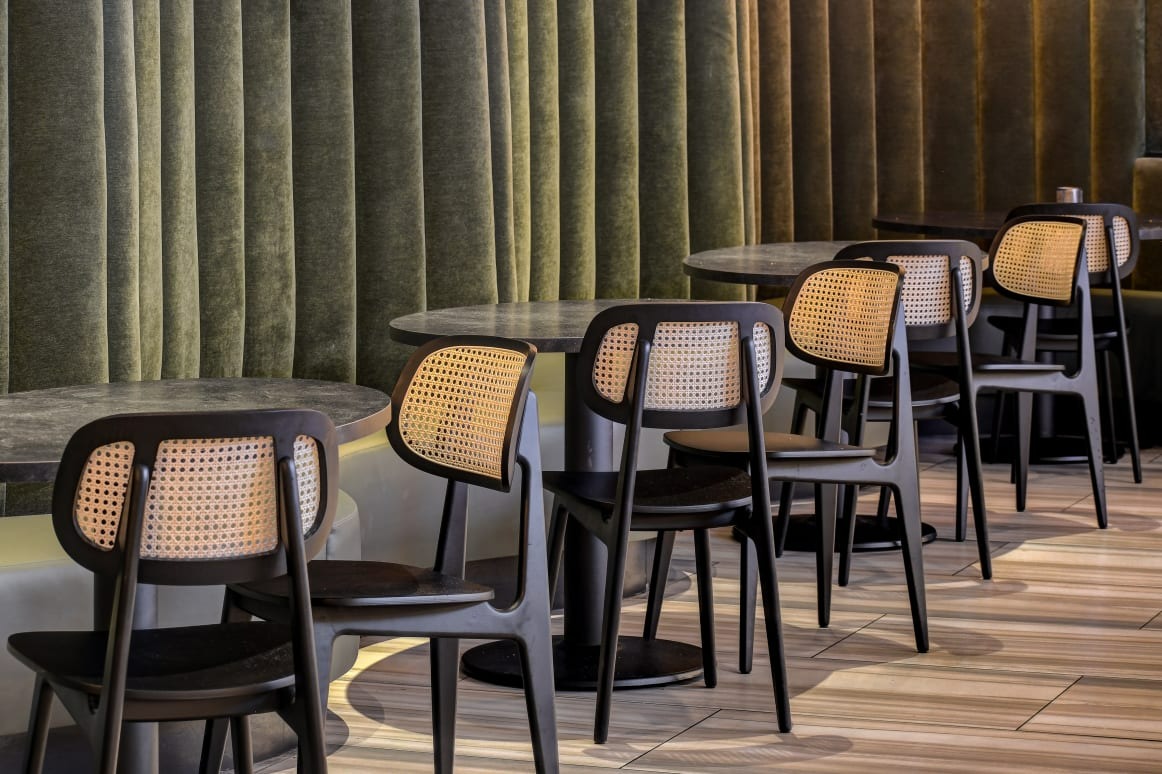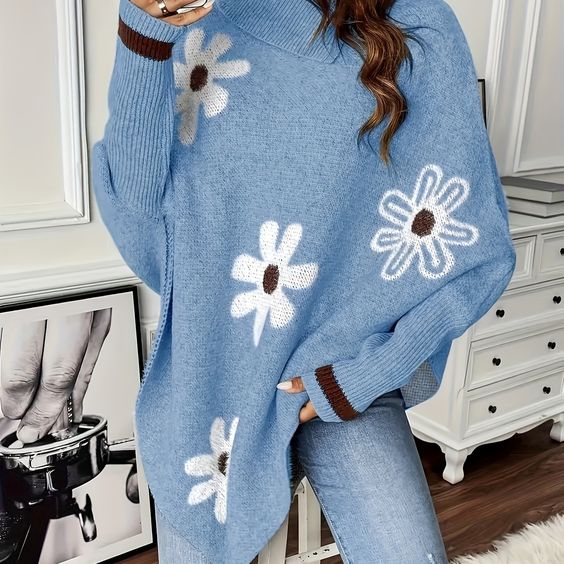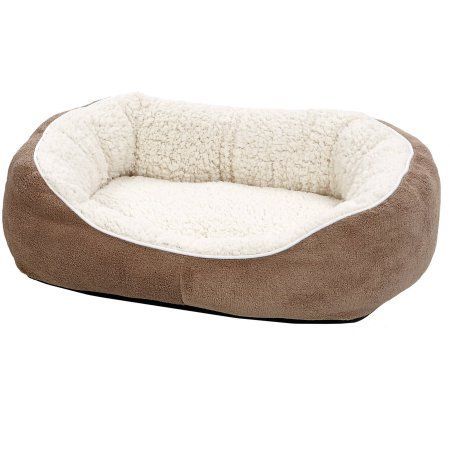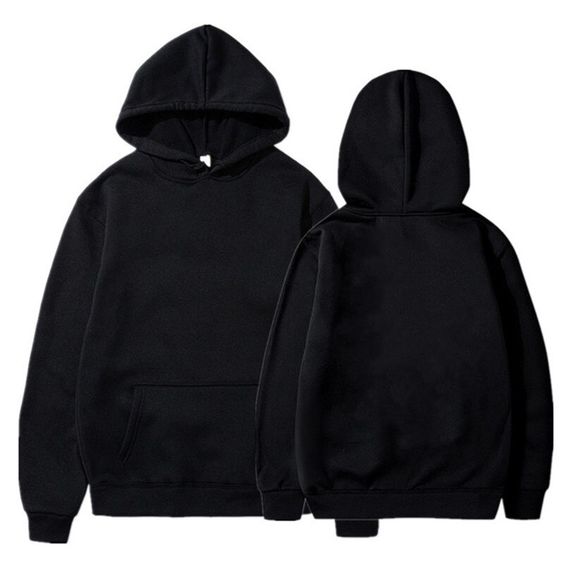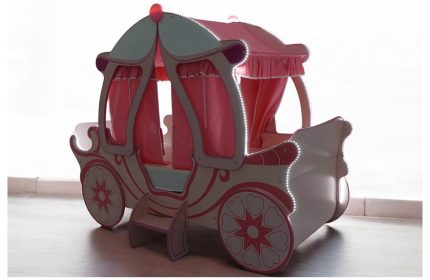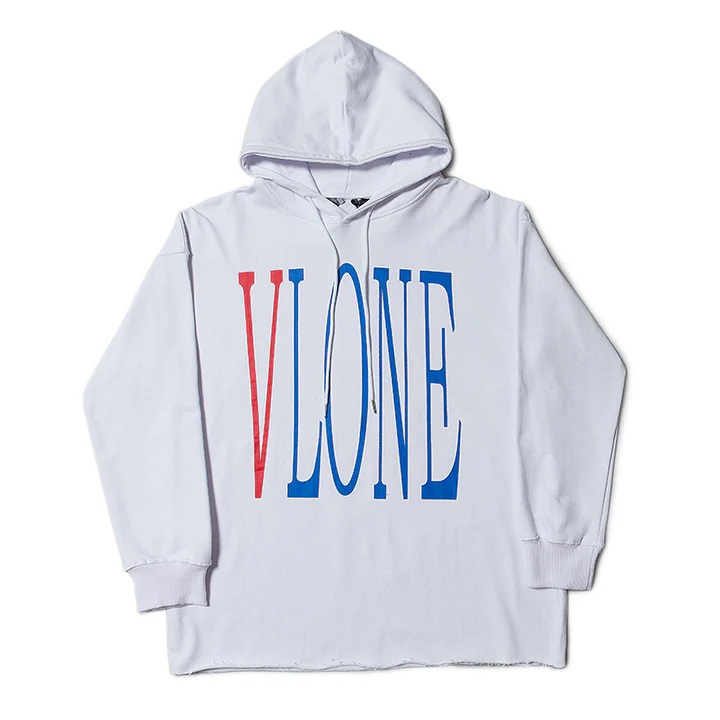The design and selection of restaurant chairs play a crucial role in shaping the ambiance and customer experience. From cozy cafes to upscale dining establishments, choosing the right seating is essential for functionality, aesthetics, and comfort. This comprehensive guide delves into the various aspects of restaurant chairs, including their types, materials, styles, and factors to consider when purchasing.
1. Importance of Restaurant Chairs
A. Enhancing Customer Experience
Comfortable seating can significantly impact the dining experience. Chairs that provide good support encourage patrons to relax and enjoy their meals, potentially increasing the time they spend in the restaurant, which can lead to higher revenue.
B. Reflecting Brand Identity
Restaurant chairs are more than just functional pieces; they are part of the overall decor that communicates the brand’s identity. Whether your establishment exudes rustic charm, modern elegance, or quirky creativity, the chairs should align with the theme and enhance the visual appeal.
C. Durability and Maintenance
Given the high traffic in restaurants, chairs must be durable and easy to maintain. High-quality materials and sturdy construction ensure longevity, while easy-to-clean surfaces help maintain hygiene and appearance.
2. Types of Restaurant Chairs
A. Wooden Restaurant Chairs
Wooden chairs offer a classic, timeless look and are available in a variety of finishes and styles. They can fit into both traditional and contemporary settings, depending on the design.
- Advantages: Durable, versatile, and available in a range of styles.
- Disadvantages: Can be heavier and require maintenance like polishing or refinishing.
B. Metal Restaurant Chairs
Metal chairs are known for their modern, industrial look. They are sturdy, lightweight, and often stackable, making them ideal for dynamic dining environments.
- Advantages: Strong, lightweight, and easy to clean.
- Disadvantages: May be less comfortable without cushions or padding.
C. Upholstered Restaurant Chairs
These chairs offer added comfort with cushioned seats and backs, often covered in fabric or leather. They are perfect for upscale dining establishments looking to provide a luxurious experience.
- Advantages: Comfortable and stylish.
- Disadvantages: Require more maintenance to keep the upholstery clean and free from stains.
D. Plastic and Polycarbonate Chairs
Plastic chairs are a budget-friendly option that can be molded into various shapes and colors. They are often used in casual dining settings or outdoor areas.
- Advantages: Affordable, lightweight, and weather-resistant.
- Disadvantages: May not be as durable or comfortable as other materials.
E. Hybrid and Custom Chairs
Many manufacturers offer custom options or hybrid designs that combine different materials, such as wood and metal or metal and upholstery, to create unique and functional pieces.
3. Key Features to Consider
A. Comfort
Comfort is paramount. Chairs should have ergonomic designs that provide adequate support for the back and legs. Test the chairs to ensure they encourage good posture and prevent discomfort during long meals.
B. Style and Aesthetic Appeal
The style of the chairs should complement the restaurant’s theme and decor. Whether you choose minimalist, industrial, rustic, or modern designs, the chairs should blend seamlessly with the overall ambiance.
C. Durability and Quality
High-quality chairs withstand the rigors of daily use in a busy restaurant environment. Look for materials known for their strength and durability, such as hardwoods, metal alloys, and high-grade upholstery.
D. Maintenance and Cleanability
Restaurants need chairs that are easy to clean and maintain. Opt for materials that resist stains and are simple to wipe down. Removable cushions or covers can also simplify maintenance.
E. Stackability and Storage
In restaurants with limited space or those that host events, stackable chairs offer a practical solution. They are easy to store and can be quickly set up or put away as needed.
4. Popular Styles of Restaurant Chairs
A. Classic Bistro Chairs
Often made of bentwood or metal, bistro chairs are lightweight, stackable, and perfect for casual dining settings. They add a touch of European charm to cafes and small restaurants.
B. Industrial Chairs
Characterized by metal frames and minimalist designs, industrial chairs bring a rugged yet modern vibe. They are often used in trendy urban restaurants and cafes.
C. Mid-Century Modern Chairs
Featuring clean lines, organic curves, and simple forms, mid-century modern chairs are timeless and versatile. They work well in both casual and fine dining environments.
D. Rustic Wooden Chairs
These chairs are crafted from solid wood with natural finishes, often featuring a distressed look. They are ideal for creating a warm, inviting atmosphere in country-style or farm-to-table restaurants.
E. Contemporary Upholstered Chairs
With sleek lines and plush upholstery, contemporary chairs add a touch of luxury. They are often seen in upscale restaurants and lounges where comfort and elegance are key.
5. Customizing Restaurant Chairs
Many manufacturers offer customization options, allowing restaurant owners to tailor chairs to their specific needs. Customizations may include:
- Material Selection: Choosing from a variety of woods, metals, and upholstery fabrics.
- Color and Finish: Selecting colors and finishes that match the restaurant’s interior.
- Design Features: Adding details like engraved logos, unique stitching patterns, or custom seat shapes.
6. Leading Restaurant Chair Manufacturers
When selecting chairs for your restaurant, working with reputable manufacturers ensures quality and reliability. Top manufacturers offer a wide range of designs, customization options, and support services, such as warranties and bulk purchasing discounts.
A. Renowned Brands
Well-known brands have a proven track record of producing durable, stylish, and comfortable chairs. Researching and investing in such brands can save time and money in the long run.
B. Local Artisans
For a unique touch, consider partnering with local artisans who can create custom chairs that reflect the restaurant’s identity. This approach supports local craftsmanship and often results in one-of-a-kind pieces.
7. Conclusion
Choosing the right restaurant chairs is an integral part of creating a welcoming and comfortable dining environment. By considering factors like comfort, style, durability, and maintenance, you can select chairs that enhance the overall experience for your customers and complement your restaurant’s aesthetic.

